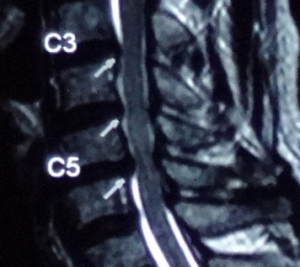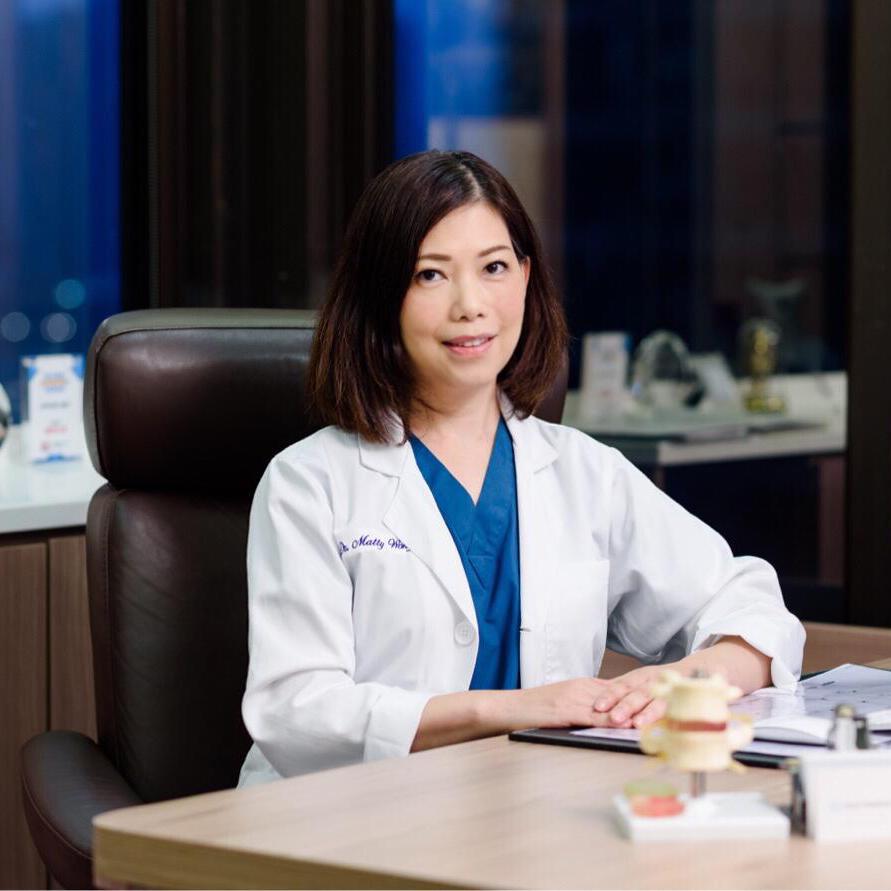
2017-02-17

頸椎椎間盤最常見受壓的頸椎關節是頸椎第5節和第6節(C5,6)
The symptoms of cervical disc herniation are mistaken for stroke
Is the headache, dizziness, nausea, hand and face numbness related to stroke or cervical spine?
The above symptoms are common clinical symptoms that patients come to see. Many people believe that headaches, dizziness, and numbness of hands and faces must be brain problems.
Of course, there are many reasons for these symptoms. In addition to common cerebrovascular diseases such as strokes, cervical spine diseases such as herniated discs and cervical spinal stenosis are also one of the reasons.
The difference between stroke and cervical spondylosis:
The symptoms of cerebral apoplexy generally include the patient’s facial numbness, weakness of one hand or foot, headache and unresponsiveness to surrounding conditions. Cervical spondylosis, such as compression of nerves, in addition to headache, dizziness, paralysis of hands and face, neck muscle tension, limited movement in the neck, and a feeling of heaviness in the shoulders and backs. These symptoms are caused by the brain or cervical spine, magnetic resonance imaging can be used to check the brain, cerebral blood vessels, cervical blood vessels and cervical spine scans. Brain examination is best when it is carried out by neurosurgeons, through their professional and accurate analysis and diagnosis, to find out the cause of the disease.
Herniated cervical disc
The most common cervical joints that are compressed on the cervical intervertebral disc are the fifth and sixth cervical vertebrae (C5, 6). Generally, X-rays show that the space between the vertebrae is reduced and the vertebrae have signs of degeneration. In addition to the fifth and sixth cervical vertebrae, there are also third and fourth cervical vertebrae (C3, 4), which are also parts of greater compression, and the changes in other vertebrae will follow.
The reflex pain and paralysis of each cervical disc herniation can be distributed in different positions of the hand (Figure 1). To distinguish where the intervertebral disc is herniated, it is necessary to check the hand muscle strength in detail, perform reflex nerve tests, and cooperate with the patient’s symptoms to confirm the diagnosis. Non-essential surgical treatment cannot be made solely on the report of magnetic resonance (MRI). Magnetic resonance is to help doctors diagnose, not to help doctors diagnose the disease.

(圖一)

除頸椎第5節和第6節之外,還有頸椎第3節和第4節(C3,4),亦是受壓較大的部位,而受壓對其他椎節的變化,亦隨之而來。
Cervical disc treatment
Generally, patients suffering from cervical intervertebral disc herniation feel that the neck pain coming very suddenly, the head will feel sore at the beginning, the pain will suddenly turn into severe pain and neck weakness, it is difficult to raise the head or the head cannot move flexibly. In addition, the neck and shoulders are strained and extreme pain occurs. In severe cases, some patients may also experience paralysis of their hands. The patient often rests and sleeps until midnight. The severe pain in the neck even makes the patient wake up with pain, making it difficult to fall asleep again, affecting the quality of sleep and causing emotional instability.
The treatment of cervical and lumbar intervertebral disc pain is mainly through cervical Cox Decompression Manipulation, “Official website (www.coxtechnic.com)". The treatment methods of the two are roughly the same, but the treatment parts are different. During Cox® Decompression Manipulation, the patient’s neck pain will not be significantly reduced after one or two treatments. However, since the pressure in the intervertebral disc cannot be reduced all at once, the patient can use ice compress or take food at this time Analgesic and anti-inflammatory drugs are used to relieve pain and reduce pain in the affected area. Of course, the patient should rest more and not move too much, so that the affected area can be gradually treated. When the condition improves, it is necessary to strengthen the neck muscles and improve the wrong posture in work or daily life.
*For any enquiries about Chiropractic, please call 2804 6700.
Part of the content data title: Dr. Peng (cranial neurosurgeon)

 Book an Appointment
Book an Appointment


